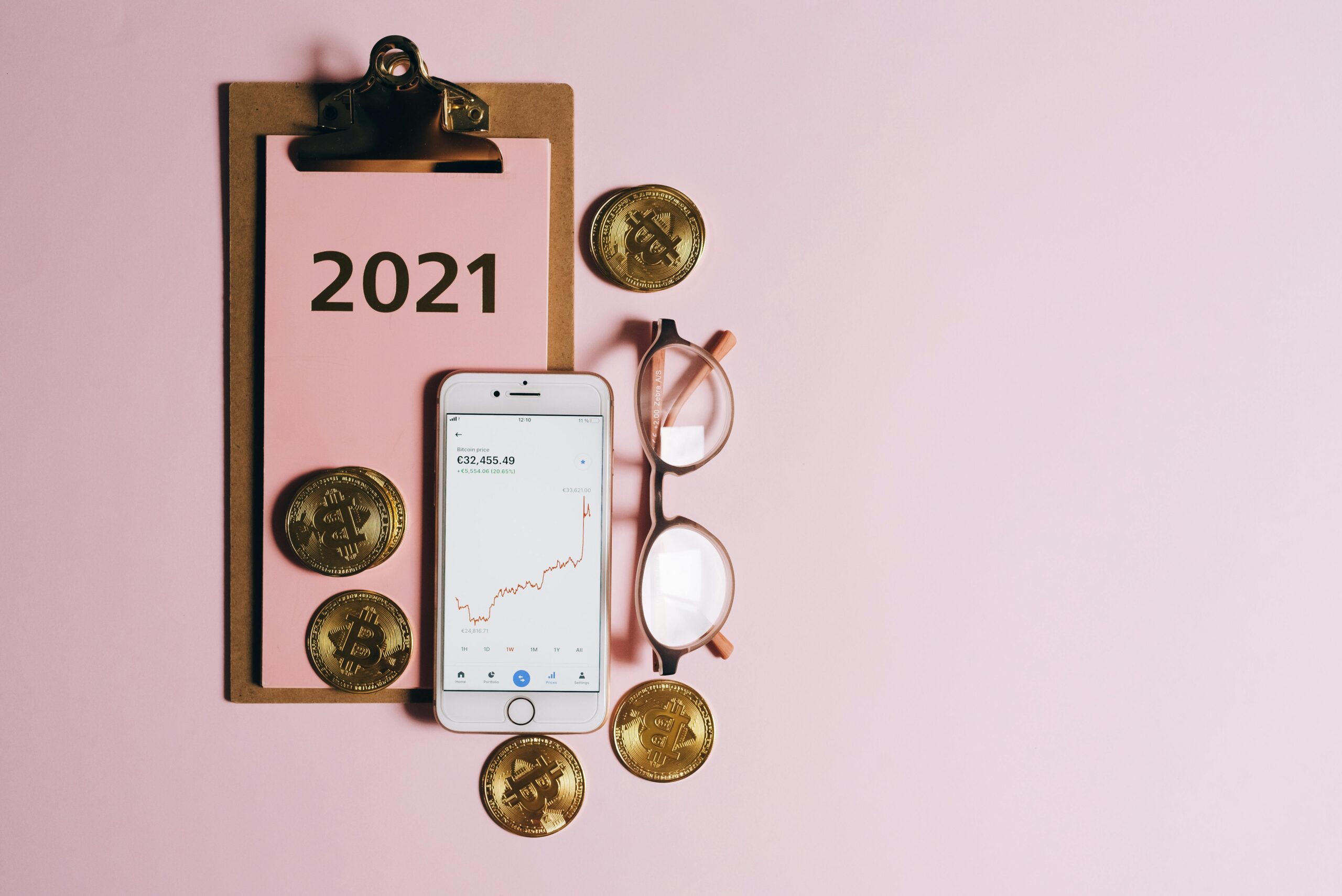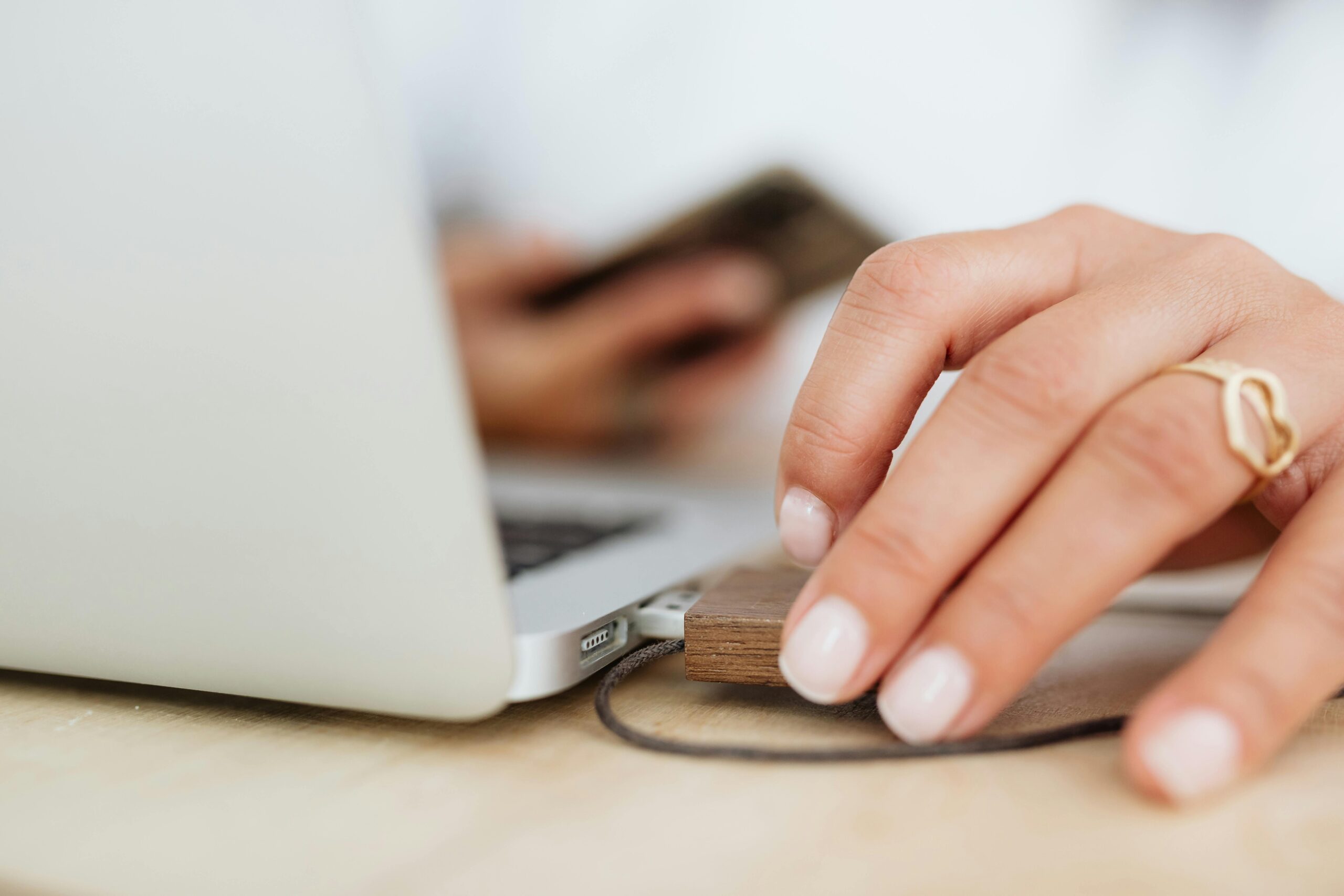In the world of online shopping, one silent but costly problem looms large:
Counterfeit goods.
From fake designer handbags to knockoff skincare products and imitation electronics, counterfeiting costs brands over $500 billion annually , according to the OECD .
And for consumers? The damage isn’t just financial — it’s emotional.
You trust what you buy online. And when that trust is broken, your confidence in digital commerce takes a hit.
Enter blockchain technology — quietly reshaping how we verify authenticity, track ownership, and build trust in digital retail.
In this guide, we’ll explore:
- How blockchain combats counterfeit products
- Real-world examples from luxury fashion to pharmaceuticals
- Why smart contracts and NFTs are part of the solution
- And whether true counterfeit elimination is possible
Let’s dive into how blockchain could be the answer to one of eCommerce’s oldest problems .
The Scale of the Counterfeit Problem in Online Retail
Counterfeiting isn’t limited to shady back-alley knockoffs anymore.
It’s happening on:
- Amazon
- eBay
- Etsy (yes, even there)
- Social media resellers
- Third-party marketplaces
Key Stats:
| Statistic | Source |
|---|---|
| 6.8% of global imports are counterfeit | OECD |
| Over 30% of shoppers have unknowingly bought fake goods online | Business Insider |
| Fake product reviews increase perceived legitimacy | Spiegel Research Center |
The issue is not just about deception — it’s about trust erosion .
And once trust breaks down, conversion rates drop — and brand reputation suffers .
So how do we fix this?
With technology that doesn’t rely on labels or logos…
But on immutable records and digital verification .
What Is Blockchain — and Why Does It Matter for Authenticity?
Blockchain is best known for powering cryptocurrencies like Bitcoin and Ethereum.
But its real power lies in transparency , decentralization , and tamper-proof record keeping .
Core Features That Combat Counterfeiting:
| Feature | Anti-Counterfeit Benefit |
|---|---|
| Immutable ledger | Records can’t be altered — ever |
| Unique digital ID | Each item gets a verifiable identity |
| Smart contracts | Automate verification and ownership transfer |
| Supply chain traceability | Every step of production and distribution is visible |
| Tokenized assets | NFTs can represent physical goods digitally |
This makes blockchain a powerful tool for proving authenticity — without relying solely on brand claims.
How Blockchain Fights Counterfeits at Every Stage
Here’s how blockchain disrupts the fake product pipeline — and protects both buyers and sellers.
1. Product Authentication at Point of Sale
Brands like Nike , LVMH , and Adidas are already using blockchain to tag high-value items with digital certificates of authenticity .
When a customer buys an item, they scan a QR code or check an NFT — and instantly verify:
- Who made it
- Where it was sold
- If it’s been previously owned
This reduces fake listings — and builds buyer confidence.
2. Transparent Supply Chains
One reason counterfeits thrive is because of opaque supply chains.
Blockchain changes that.
By tracking:
- Raw material sourcing
- Manufacturing location
- Distribution path
- Retailer history
Consumers gain insight into whether their product is genuine — and companies gain accountability.
Example:
Everledger uses blockchain to track diamond origins — preventing “blood diamonds” from slipping through the cracks.
Similarly, Provenance helps small brands prove ethical sourcing — and avoid fake competitors.
3. Smart Contracts for Verified Resale
Resale markets are booming — but so are fake sellers.
Blockchain enables:
- Ownership verification
- Transfer of digital rights
- Proof of purchase history
Platforms like StockX now use blockchain-backed verification to ensure sneakers aren’t fakes — and buyers aren’t scammed.
This model is expanding to:
- Watches
- Art
- Luxury fashion
- Even digital collectibles
Because when provenance is recorded forever — forgery becomes harder than ever.
4. Reducing Fake Reviews and Listings
Fake reviews help counterfeit products appear legitimate.
Blockchain-based review systems only allow verified buyers to leave feedback — making fraud harder.
Some platforms are experimenting with:
- Token rewards for honest reviews
- Decentralized reputation scores
- Publicly viewable transaction histories
This ensures that five-star ratings come from real users — not bots.
5. Building Trust Between Buyers and Sellers
Trust has always been the invisible currency of online retail.
Blockchain brings it into the light.
Instead of hoping a seller is trustworthy, customers can:
- See product journey in real time
- Verify digital IDs
- Track returns and exchanges securely
- Even own proof of purchase via wallet address
This shift from blind trust to verified transparency is changing how people shop — and who they trust.
Real-Life Examples: Brands Winning Against Counterfeits With Blockchain
Let’s look at how top retailers and tech companies are leveraging blockchain to protect both products and people.
LVMH – AURA Blockchain Platform
LVMH (Louis Vuitton, Dior, Givenchy) launched AURA , a blockchain system that lets buyers verify:
- Bag authenticity
- Production history
- Ownership trail
Customers receive a digital certificate — giving them peace of mind before spending thousands.
Nike – .Swoosh Digital Collectibles
Nike’s new .Swoosh platform allows users to buy, trade, and verify digital sneakers — backed by blockchain.
While not physical goods yet — this sets the stage for tokenized ownership — where every branded item has a digital twin .
Eventually, this will extend to real-world footwear — ensuring no fake Jordans slip into circulation.
Alibaba – Fighting Fake Medicine
Alibaba uses blockchain to track pharmaceutical supply chains — ensuring medicine comes from approved sources.
This prevents fake drugs from entering the market — and gives patients confidence in what they’re buying.
Walmart – Food Safety & Beyond
Walmart uses blockchain to track food safety — reducing contamination risks.
But the same logic applies to consumer goods:
- Knowing if a bag is authentic
- Verifying return policies
- Tracking warranty claims
Blockchain adds a layer of traceable truth — which is exactly what online retail needs.
Why This Matters for Small Businesses and DTC Brands
You don’t need to be Nike or LVMH to benefit from blockchain anti-counterfeit tools.
Smaller brands can also use blockchain to:
- Build trust faster than big competitors
- Prove ingredient sourcing (especially in beauty and wellness)
- Reduce friction in returns and refunds
- Enhance customer lifetime value
For example:
A handmade skincare brand could use blockchain to show ingredient sourcing — giving buyers confidence in what they’re applying to their skin.
Or:
A small sneaker boutique could tokenize limited drops — ensuring exclusivity and authenticity.
Because in digital retail, transparency speaks louder than marketing .
Frequently Asked Questions (FAQ)
Q: What is blockchain in retail?
A: It’s a secure, decentralized ledger used to verify product origin, ownership, and transactions — especially useful for fighting counterfeits.
Q: Can blockchain really stop fake products?
A: Yes — by offering immutable records of production, sale, and ownership — making fraud much harder to pull off.
Q: Do I need to accept cryptocurrency to use blockchain?
A: No — many brands use blockchain for verification without involving crypto payments.
Q: Will blockchain replace traditional authentication methods?
A: Not fully — but it will enhance them with layers of security and transparency .
Q: Is blockchain too complex for small businesses?
A: Not anymore. Many plug-and-play solutions exist — including NFT integrations and supply chain tracking tools.
Final Thoughts
The fight against counterfeits has long been a losing game — especially in digital spaces where trust is built on pixels, not paper trails.
But blockchain offers something new :
A permanent, transparent record of truth.
From luxury fashion to health supplements, from sneakers to smart contracts — blockchain is quietly becoming the backbone of modern buyer confidence.
Because in the world of online shopping, a product isn’t just purchased — it’s verified .
And sometimes, the most powerful way to earn trust…
Is to let the data speak for itself.










